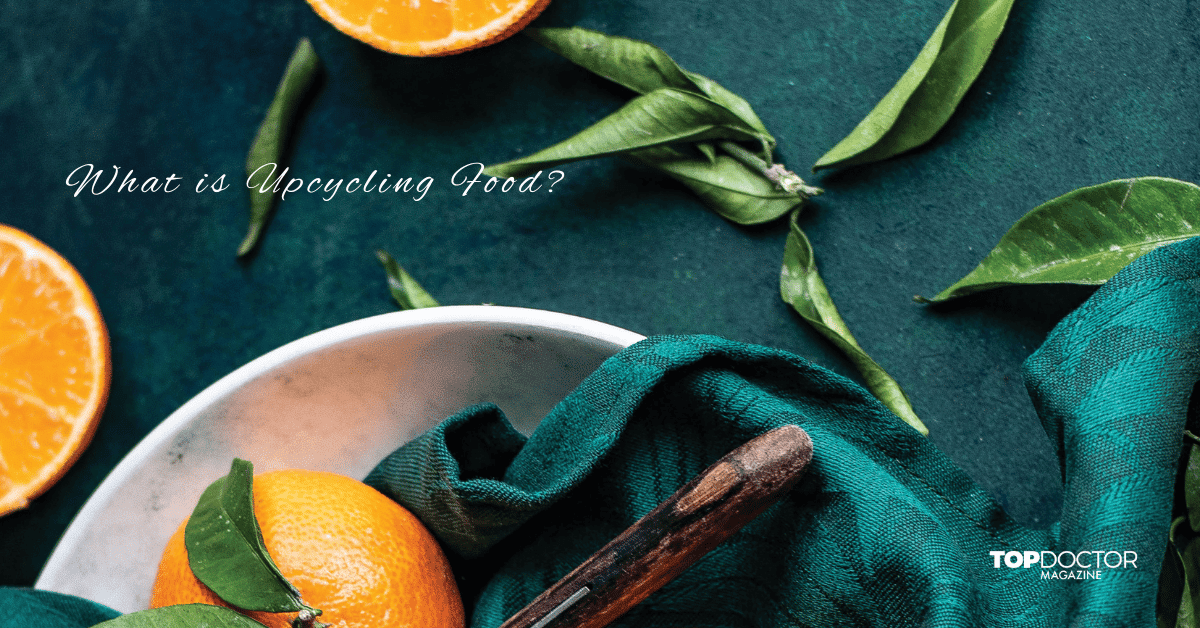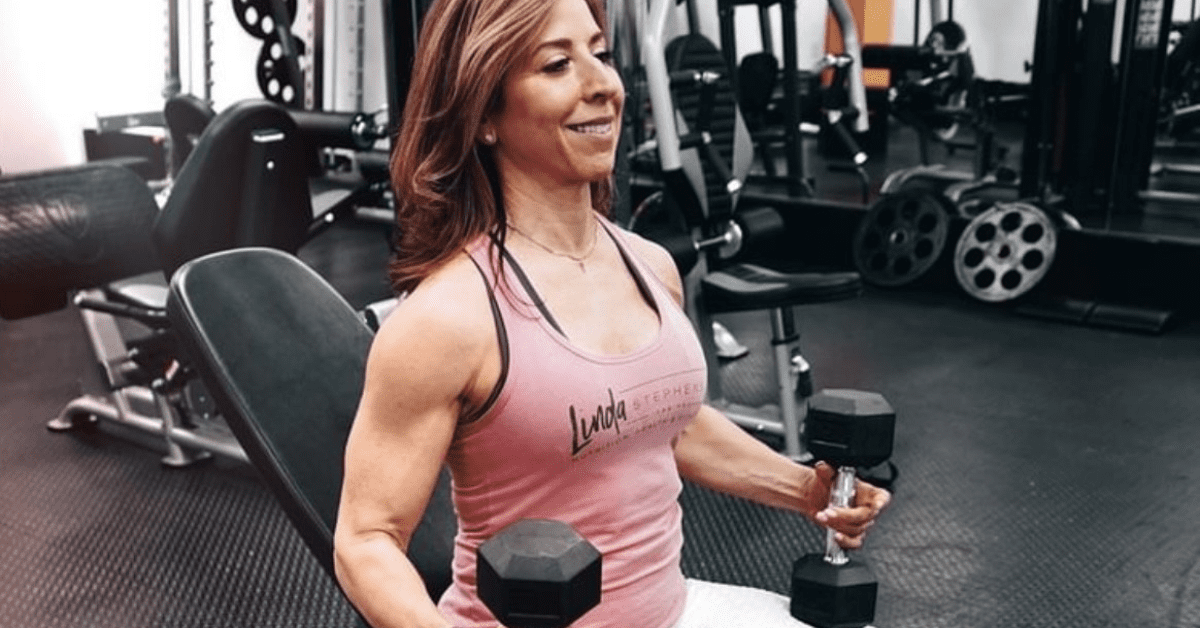You’ve probably heard the folk wisdom of waste not, want not before. Unfortunately, food is more often wasted than put to good use with 1.3 billion tons of food wasted globally every year. This massive amount of food, enough to feed the needy population, is often discarded. That’s where upcycling comes in. Upcycling allows us to repurpose food that otherwise would be thrown away.
What Is Upcycled Food?
The Upcycled Food Association describes upcycled food as food outside of human consumption but with a potentially positive environmental impact. Upcycled food can range from stale bread to fruit fiber leftovers from juicing.
In addition to these “leftover products,” upcycling also uses “imperfect” food, such as misshapen, lightly bruised veggies or plant stems we say no to at the grocery store. Upcycled food uses these products to create entirely new ones, upcycling products doomed to be discarded.
What Is Upcycling Food?
The food upcycling process takes many shapes and forms. For instance, fruit pulp may be pressed into bars; the barley used in beer making may be ground into flour.
Recycling discarded food is not a new concept. Humans have been upcycling food for hundreds of years. Foods like sausages, broths and jams often use discarded scraps from other recipes. For example, the company Rise uses discarded barley and other byproducts of making lagers and pilsners to create flours for baking and other purposes.
Food Upcycling Benefits
Upcycling is about more than just a trendy way to reuse food; it’s also about saving the environment and avoiding unnecessary waste. Food waste in our modern society is devastating, amounting to 1 trillion dollars per year. All this wasted food still has to be grown in the first place, causing 28% of the land used for agriculture to grow purposeless food. Additionally, food waste accounts for 8% of greenhouse gas emissions, making it the prime target for reducing humanity’s footprint on the environment.
Upcycling food combats these devastating effects of waste. The upcycling company The Ugly Company has already prevented 140,000 pounds of unnecessary fruit waste and aims to prevent another 4.6 million this year. Upcycling food also improves food and water security by minimizing food waste and preserving the water used in food production.
Upcycling food is also beneficial to the consumer. Some of the most frequently discarded foods are also the most nutritious. Upcycling these foods improves our environment and food and water security.
Easy Food Upcycling Ideas
Participating in upcycling is not difficult; it all comes down to buying from brands dedicated to upcycling food. Upcycling brands include Planetarians (which make chips out of sunflower seeds), Candid (which uses plant products to sweeten their chocolate), Wize Monkey (which makes tea out of discarded coffee leaves) and Sweet Benin (which juices cashew apples), just to name a few!
A Parting Reminder
Upcycling food is the future of conservation, environmental efforts and fiscal responsibility. It doesn’t make sense to continue to waste trillions of dollars and billions of tons of food better used to feed hungry mouths. So, don’t wait any longer! Get involved and start buying from food upcyclers!






0 Comments